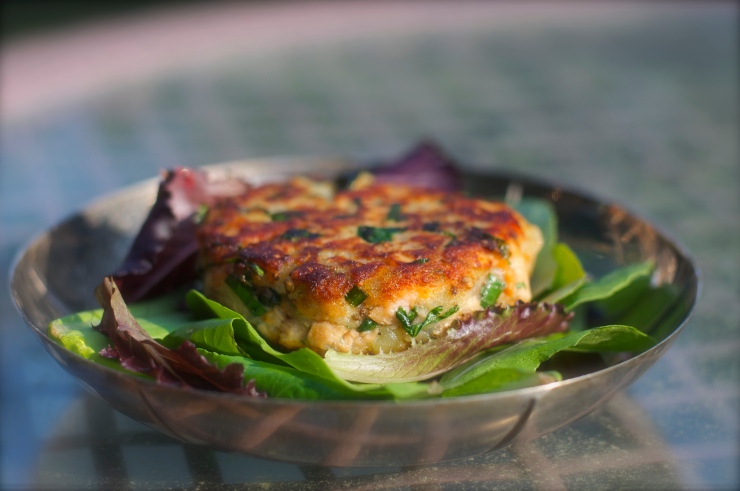This is the perfect vegetable side dish. It resembles a pilaf with the chewy pearls of Israeli couscous. It can be served warm as a side or it can be served at room temperature as a salad. I love dishes that I can make ahead of time and this fits the bill. What’s even better is that my eight year old son will eat it!
I’m not a fan of dates, but don’t leave them out. The subtle sweetness that they impart makes this dish work and the amount is so small that you hardly notice their presence as a distinct element of the dish. Don’t hesitate to vary the amounts given below to your own taste – they are for guidance only. If you’d prefer a higher ratio of cauliflower to couscous, go for it. If you want a little more tang, don’t hesitate to add more wine vinegar. The inspiration for the dish is a recipe from Food Network.
1 1/2 cups Israeli couscous*, cooked as the label directs
4 cups cauliflower florets
2 shallots, sliced lengthwise
olive oil
salt
pepper
1/4 teaspoon cinnamon
1/4 cup dates, chopped into 1/4 inch morsels
2 teaspoons red wine vinegar
1/4 cup finely chopped flat leaf parsley
*sometimes referred to as pearl couscous
Rinse the cooked couscous under cold water, drain thoroughly, and toss with about a teaspoon of olive oil. Set aside.
Cook the cauliflower florets and sliced shallots in olive oil in a large sauté pan, browning the cauliflower and shallots. If needed, cover the pan to help the cauliflower just cook through. Season with salt and pepper. Add the cinnamon and chopped dates; cook 1 more minute to marry the flavours.
Combine the cauliflower mixture with the cooked couscous, adding the red wine vinegar, chopped parsley, and more salt and pepper to taste. Serve.




 I like easy recipes and this is an easy recipe! I’m not a huge squash fan, but I do like these. They are smokey and slightly sweet with a touch of spiciness. Acorn squash are pretty easy to find through the fall and winter, but if you can find Delicata squash I think it is even better. I’ve also seen a similar recipe with Butternut squash, so there are several alternatives. One of the great things about this recipe is that you don’t need to peel the squash.
I like easy recipes and this is an easy recipe! I’m not a huge squash fan, but I do like these. They are smokey and slightly sweet with a touch of spiciness. Acorn squash are pretty easy to find through the fall and winter, but if you can find Delicata squash I think it is even better. I’ve also seen a similar recipe with Butternut squash, so there are several alternatives. One of the great things about this recipe is that you don’t need to peel the squash.




